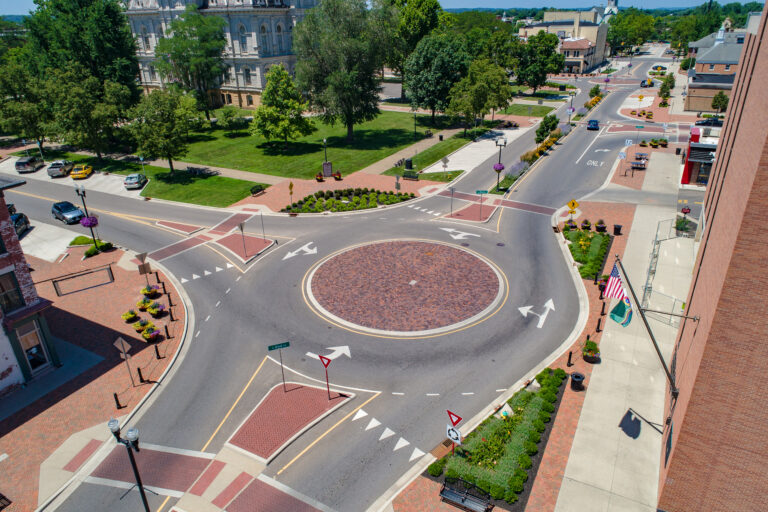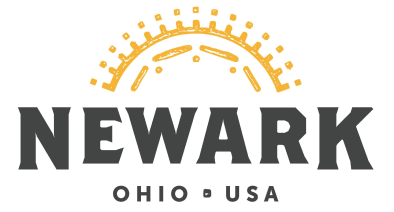SAFEST FORM OF INTERSECTION CONTROL AVAILABLE:
- 35% Reduction in total crashes
- 76% Reduction in injury crashes
- 81% Reduction in fatal crashes
- 30-40% Reduction in pedestrian crashes
Compared to signalized intersections, as published in NCHRP Report 572, Roundabouts in the United States, Transportation Research Board, 2007
WHY ARE THEY SAFER?
- Severe crash types nearly eliminated (no head-on, angle, and left turn crashes)
- Fewer conflict points (vehicles and pedestrians) (less conflict = less crash potential)
- Vehicle speeds are reduced through geometry (slower speeds = decrease in crash severity)
- Shorter pedestrian crossing widths (less time in street = less potential for crash)
- No ability to speed up to “beat the light”
- No red light running
- No left turn crossing conflicts (with pedestrians and opposing traffic)
- Driver’s attention is focused on the roadway, not up at traffic signals
EFFICIENT
- Keep traffic moving
- Shorter delays and queues
- Signals are much less efficient during off-peak times (waiting at red light with no conflicting traffic)
COSTS
- Cheaper than signals when planned with roadway reconstruction work and built within existing right-of-way
- Signals have added monthly electrical bills
- Signals have added maintenance costs (see below)
MAINTENANCE
- Little maintenance required (landscaping and signage only)
- Signals require annual inspections
- Signals require equipment repairs and upgrades
- Signals can malfunction and are subject to power outages
GREEN
- Less air and noise pollution (less stop and start)
- Less energy consumption (gas for cars and electricity from signals)
- Landscaping opportunities
HOW TO DRIVE SINGLE LANE ROUNDABOUTS:
- Yield to pedestrians at the entering crosswalk
- Yield to traffic inside the roundabout (look left)
- Yield to pedestrians at the exiting crosswalk



